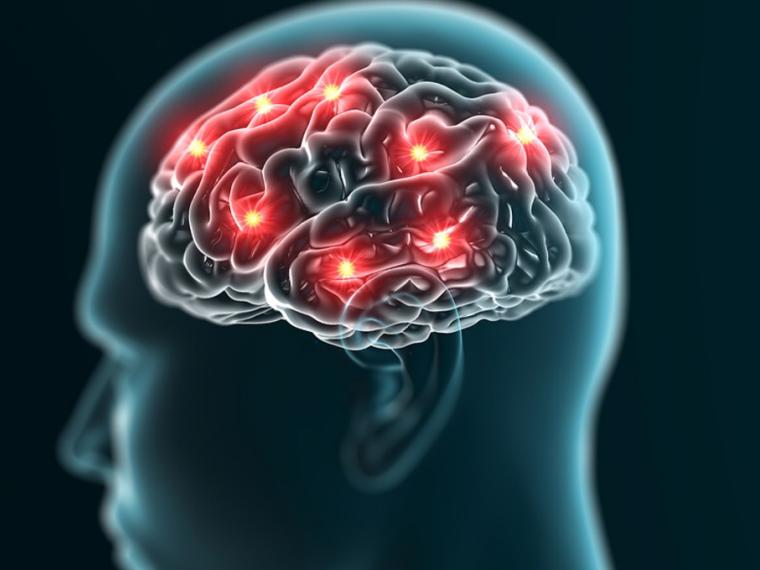What happens in your brain when you're unconscious
Of all the functions of the brain, its ability to produce consciousness is likely to be the most challenging for us.
To better understand how our gray matter accomplishes this disconcerting task, a team of researchers at the University of Michigan's Center for Consciousness Science (USA) took a closer look at what the brain does when it is fading.
What makes you aware of the noise in your stomach, of the chair you are sitting in.... has to do, of course, with your brain but, beyond that, there is still much more that we don't know.
One way to investigate this issue is to compare the conscious state with the unconscious, such as when we are knocked out before surgery thanks to anesthesia.
Without much thought, we might assume that if we compare it to a switch, being unconscious is like turning off that switch of consciousness momentarily by closing key areas of our nervous system. Although there are experts who don't think it's exactly like this:
"I published a theoretical paper when I was a resident in anesthesiology, suggesting that anesthesia does not work by disconnecting the brain per se, but rather by isolating processes in certain areas of the brain," says anesthesiologist George Mashour.
Like any good scientist, it was not enough to speculate: he wanted to test his hypothesis.
Along with several teams of researchers, he conducted a variety of experiments to see exactly what was happening in the brain as it changed from conscious to unconscious state.
In the first study, Mashour and colleagues monitored blood flow in certain nerve tissues using functional MRI scans, comparing measurements in 23 patients who were sedated, undergoing surgical anesthesia, or in a vegetative state.
They specifically observed the momentum in the areas of the brain as they coordinated the incoming information. What they found indicated that some areas seem to talk more to themselves as the time for communications went on.
"We show in the early stages of sedation that the information processing timeline is much longer and local areas of the brain are more closely connected to each other," says Anthony Hudetz, a leader of work published in the Journal of Neuroscience.
The second study took up the challenge of measuring how that information really integrates into the brain.
To quantitatively describe that measure of integration, an area of research known as integrated information theory uses a value designated by the Greek letter phi. It is believed that in the brain, phi corresponds to consciousness in some way.
Experts divided the task into more manageable and practical steps based on electroencephalogram readings: "We showed that as the brain becomes more modular and has more local conversations, the measure of information integration begins to decrease," explains physicist and anesthesiologist UnCheol Lee.
The results of these two studies suggest that phi - the measure of information integration - shrinks as communications time in disparate regions of the brain also decreases.
In their final report they reviewed their findings against the latest literature, summarizing their understanding of how our brains work during sleep, general anesthesia, and disturbances of consciousness.
"We found that, during unconsciousness, interrupted connectivity in the brain and increased modularity create an environment that is inhospitable to the kind of efficient information transfer that is required for consciousness," says Mashour.
While it still leaves many questions unanswered,** the work points the way to how the awareness of a healthy brain emerges**; it may help us better distinguish when patients who do not respond are still conscious.
